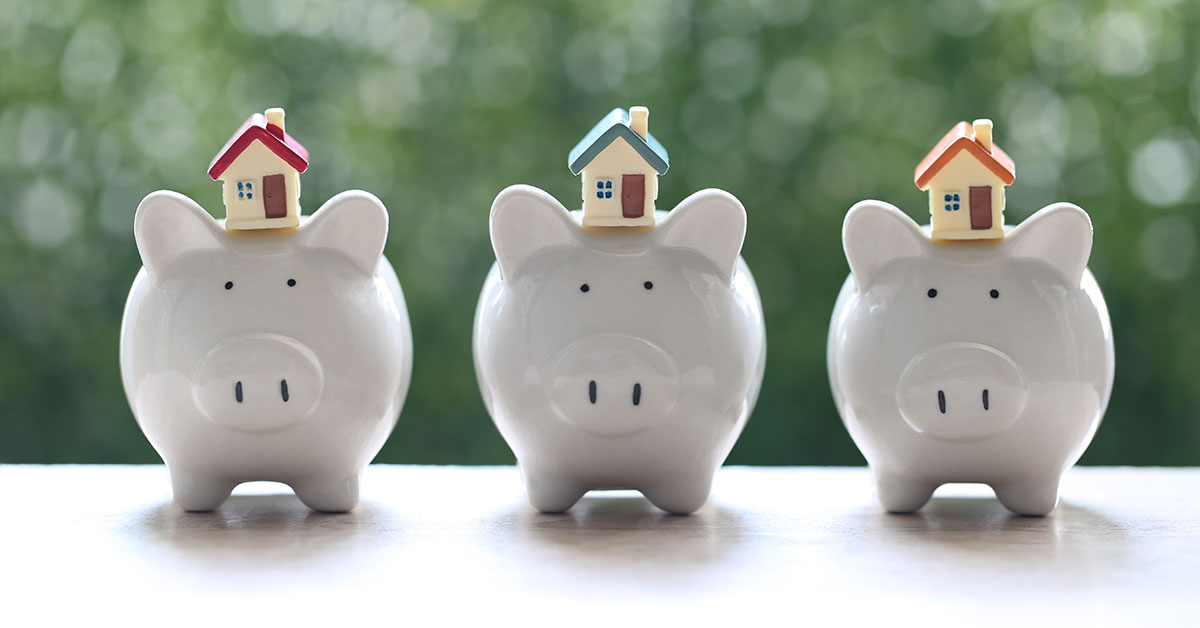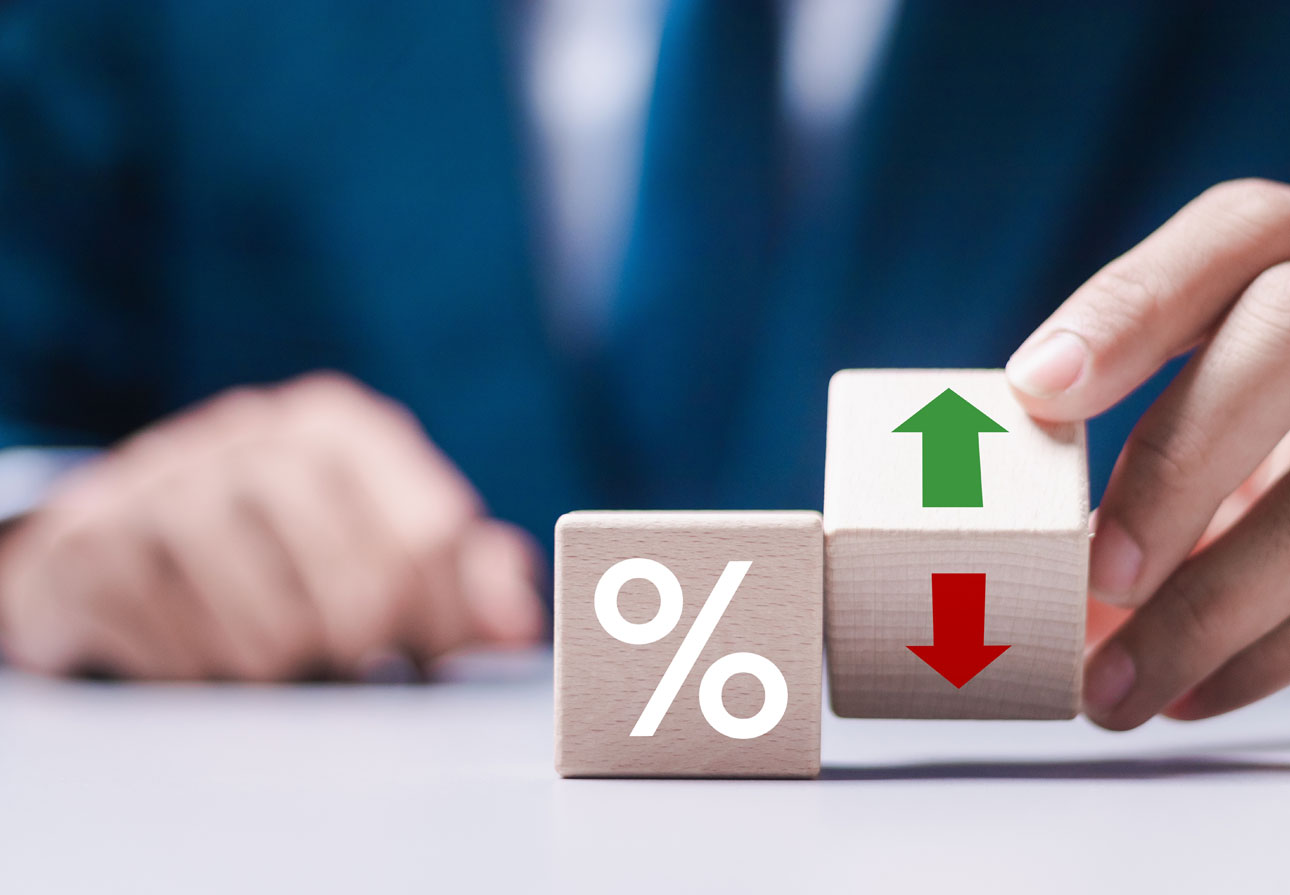
What is a HELOC Account and How Does it Work?
If you're like most people, you probably have a few different types of bank accounts. You may have a checking account, a savings account, and maybe even a money market account. But do you have a HELOC account? A HELOC account, or home equity line of credit, is a type of bank account that can be used for a variety of purposes. In this blog post, we will delve deeper into what exactly a HELOC is and how it works.
What is a HELOC account?
A HELOC account is a type of loan that allows you to borrow money against the equity in your home. Equity is the value of your home minus any outstanding mortgage or other liens. For example, if you own a home with a market value of $300,000 and you have an outstanding mortgage of $150,000, then you have $150,000 in equity. You can generally borrow up to 80% of your home's value, minus anything you still owe. The amount of your HELOC will be a percentage of that equity. So, in this example, you could potentially borrow up to $90,000 (80% x $300,000 = $240,000 - $150,000) through a HELOC account.
In order to qualify for a HELOC, you will need to have a certain amount of equity in your home, with most financial institutions requiring a minimum of 20%. In other words, you must owe less on your mortgage than what your home is worth. According to CNET, most lenders also require proof of verifiable income, a good credit score, and a debt-to-income ratio that is 43% or less.
The HELOC account interest rate is variable, which means it can go up or down. The interest rate is based on an index, plus a margin. The margin is the amount of interest the lender charges you above the index.
Most HELOCs have a draw period, during which you can borrow money as you need it, up to your credit limit. The draw period is usually five to ten years. After the draw period ends, you enter the repayment period, during which you must repay the money you borrowed. Similar to a credit card, as you pay back your outstanding balance on your line of credit, your available funds are re-established.
If you have a HELOC with a variable interest rate, your minimum monthly payment could change over time. If rates go up, your minimum payment will usually go up. With that said, it is important to understand how your minimum payment is calculated, and how it could change, before you sign up for a HELOC.
Some of the things HELOCs are typically used for include:
- Home improvements
- Debt consolidation
- Medical expenses
- Educational costs
- Major, sometimes unexpected expenses
A HELOC is a great tool to have in your financial arsenal because it essentially allows you to access cash when you need it and for whatever reason you need it.

How is a HELOC different from other forms of credit?
A HELOC is a unique form of credit because it is attached to your home equity. While a first mortgage is the original loan you took out to finance your home, a HELOC is actually a second mortgage that allows you to borrow against the equity you've built up in your home. Some lenders will allow you to have a HELOC even if you don’t have a mortgage and the home is owned free and clear. HELOCs typically have lower interest rates than other forms of credit because your house is used as collateral for the loan.
Because your home is used as collateral, if you default on your payments, your lender could foreclose on your home. That's why it's important to understand the terms of your HELOC before signing up for one.
Other forms of credit, such as personal loans and credit cards, don't have this same risk attached to them because they don't require collateral. So if you default on your payments, the worst that could happen is that your lender could sue you or send your account to collections. A HELOC account might have a lower interest rate than a credit card, but typically personal loans and first mortgages have lower rates than HELOCs.
Second Mortgage vs. HELOC
While these are all considered home equity products and use your home’s value for collateral, that’s about where the similarity ends.
A second mortgage, or a home equity fixed rate loan, is a lump sum loan with a fixed rate and term. This means you’ll make equal monthly payments for the life of the loan, and because it’s a fixed rate, your interest rate will never change.
A HELOC is a line of credit with a variable rate and term. This means you can borrow against the line of credit as needed, up to the maximum amount. The monthly payments on a HELOC are based on the outstanding balance and the variable interest rate can fluctuate, meaning your monthly payments could go up or down.
What is the Difference Between Refinancing a Home and a HELOC?
Refinancing replaces your mortgage with a new one. A HELOC is a line of credit secured by your home, from which you can borrow from.
Credit card vs. HELOC
There are a few key differences between HELOCs and credit cards. For one, a HELOC is typically used for home improvement projects or other large expenses, while a credit card is more often used for everyday purchases. Additionally, a HELOC usually has a lower interest rate than a credit card. Finally, with a HELOC you may be able to borrow more money than you could with a credit card. Ultimately, the best option for you will depend on your specific needs and financial situation.
Top 3 benefits to a HELOC
There are a few key benefits to taking out a HELOC. First, they typically have lower interest rates than other forms of credit, which can save you money in the long run, especially if used to pay off higher interest credit. Second, they offer flexibility - you can borrow as much or as little as you need, and you only have to make payments on the amount that you actually borrowed. You don't pay for what you don't use. Finally, HELOCs can be a good option for people who don't have the cash available to pay for a large expense outright. Just by leveraging your home's equity, you have a convenient option for funding your next big project.
How Do You Know if a HELOC Account is the Right Option for You?
The bottom line is that HELOCs are a convenient way to finance something at a relatively low interest rate, especially if you need the money over an extended period of time or if you’re not quite sure exactly how much cash you need. So how do you know if a HELOC account is the right option for you? There is no one-size-fits-all answer to this question - it depends on your specific needs and financial situation. However, here are a few questions that can help you decide which credit option is best for you:
- What do I need the money for?
- How much money do I need?
- What is my credit score?
- Can I afford the monthly payments?
- How long do I need to borrow the money for?
- Am I comfortable with the risks involved?
Answering these questions can help you narrow down your options and choose the best one for your needs. If you'd like any guidance or additional help, our Mortgage Champions are here to assist you.
Learn more about Community First Credit Union’s HELOC loans and our other home equity loans.









